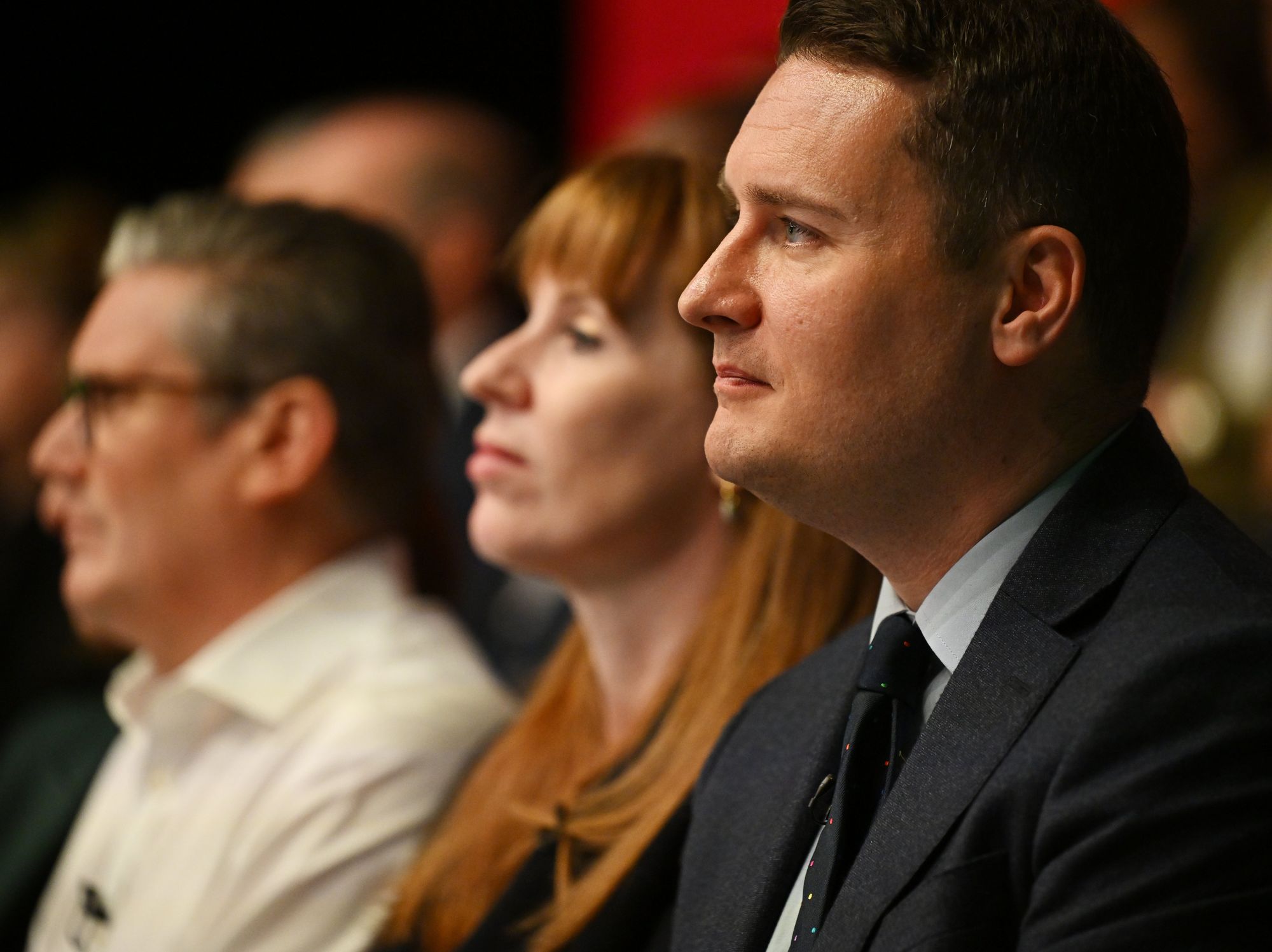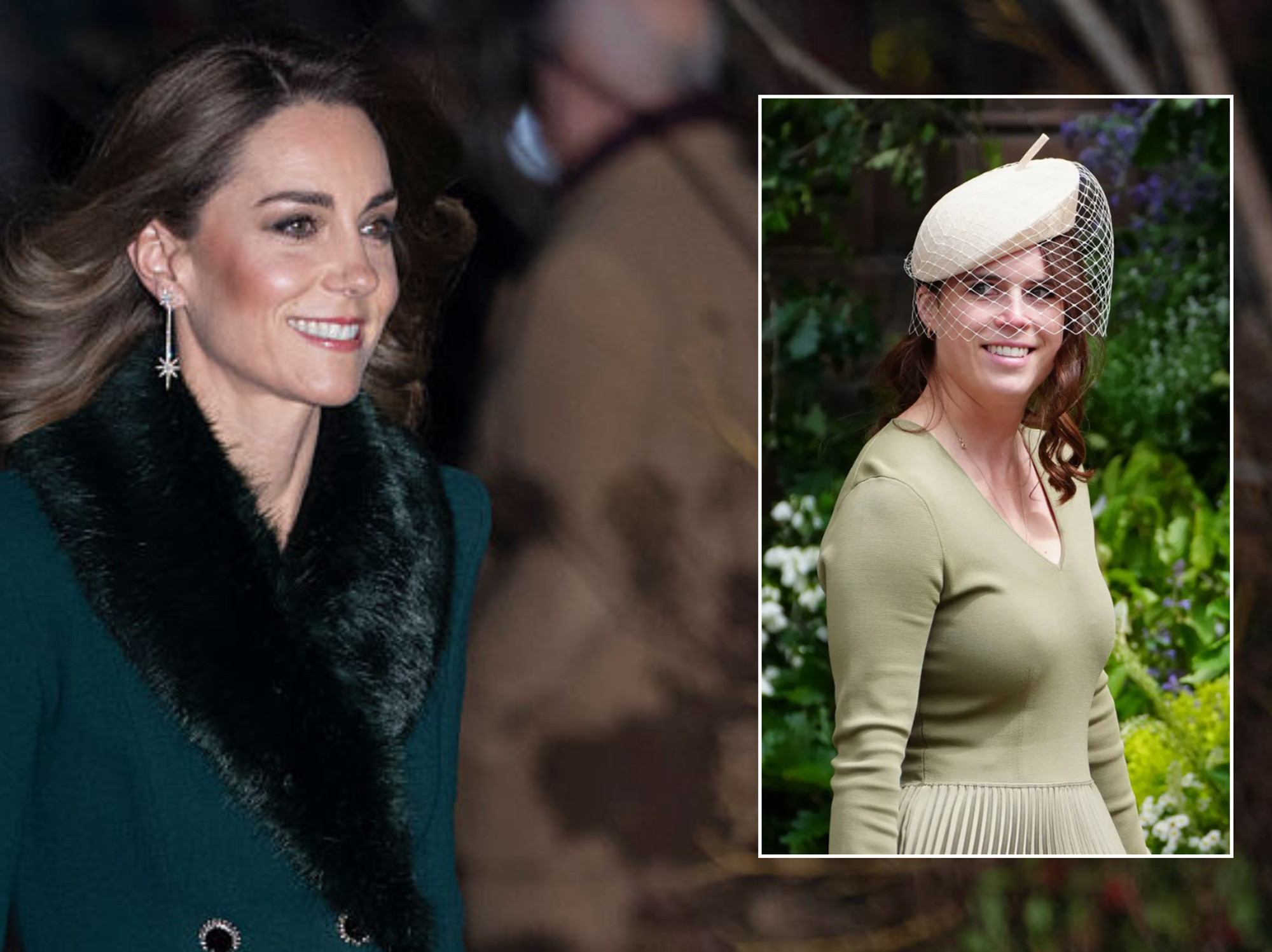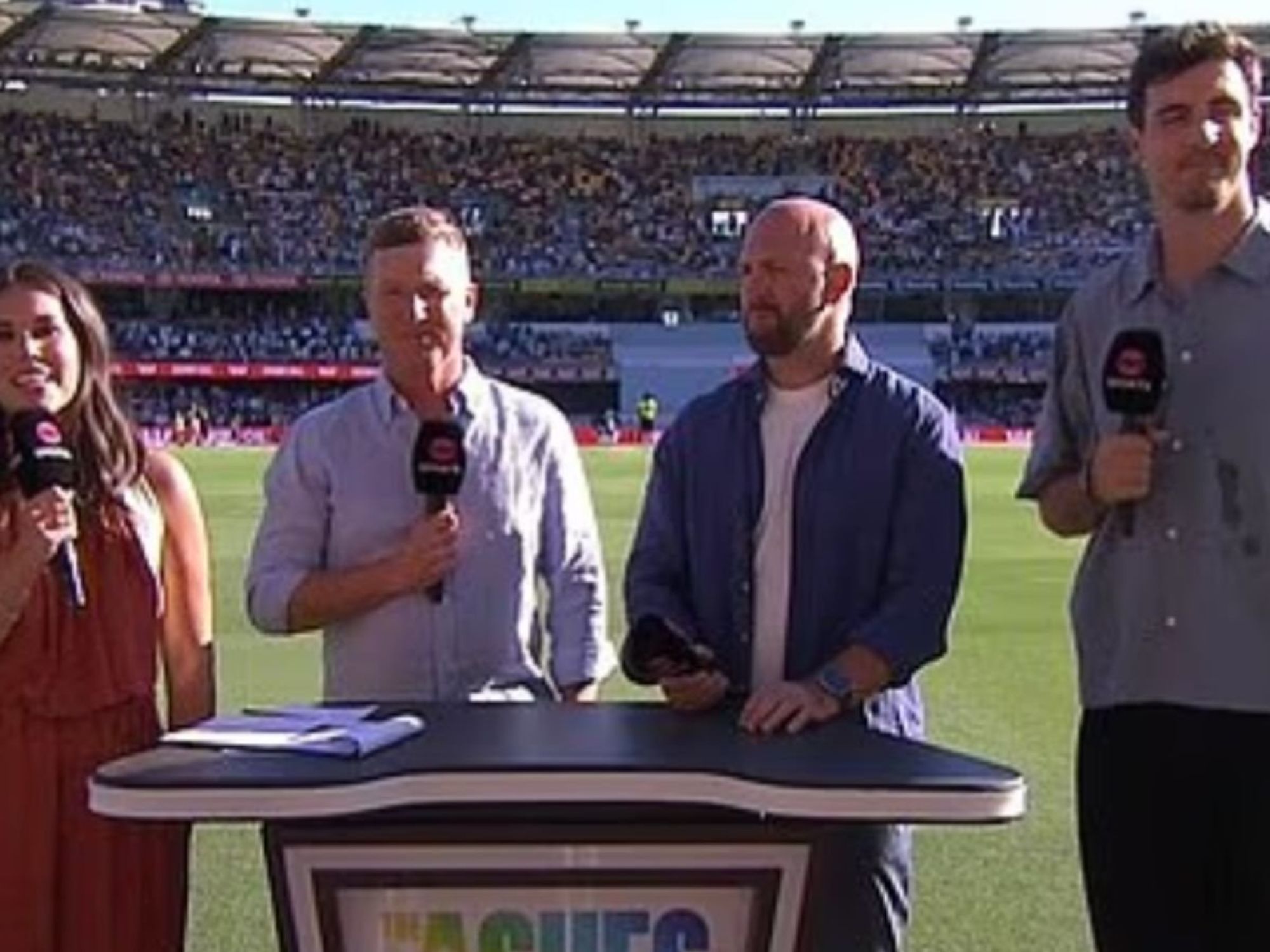Mapped: Green belt land Rayner could snatch to hit her 1.5 million new home target
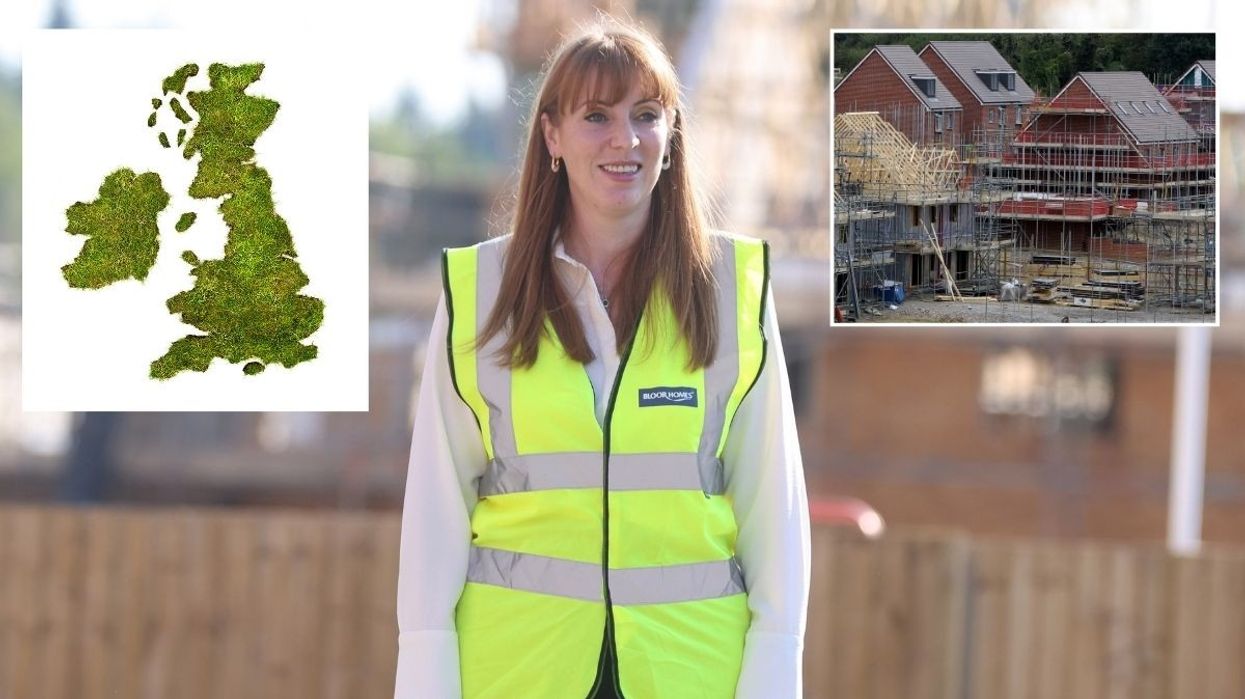
The green belt covers 12.6 per cent of England's land area
|PA/ Getty

Angela Rayner laid out plans to make it easier to build on low-quality green belt areas reclassified as the "grey belt"
Don't Miss
Most Read
Latest
Angela Rayner has unveiled an overhaul of England's planning system to pave the way for 1.5 million new homes over the next five years.
The Deputy Prime Minister and Housing Secretary said local housing targets, scrapped by the previous government, would become mandatory again.
She also laid out plans to make it easier to build on low-quality green belt land areas to be renamed as the "grey belt."
The grey belt land refers to poor-quality areas in the 'green belt', such as disused car parks and areas of wasteland.
Watch: Rayner unveils overhaul of planning system in drive for 1.5 million homes
The 'green belt' covers about 13 per cent of England and was established more than 70 years ago with the aim of limiting the growth of large built-up areas to stop towns merging into one another.
Rayner forecasted fewer than 200,000 new homes would be built in 2024-25, which is well below the previous Conservative government's 300,000 target.
Under the new plans, English councils will be able to incorporate government-set housing targets into their long-term plans to allocate land.
The government have proposed that councils within the green belt should review the boundaries if they cannot meet housing needs "through other means."
Any green belt land released will be subject to "golden rules" to ensure the development delivers 50 per cent affordable homes with a focus on social rent and has access to green spaces and infrastructure such as schools.
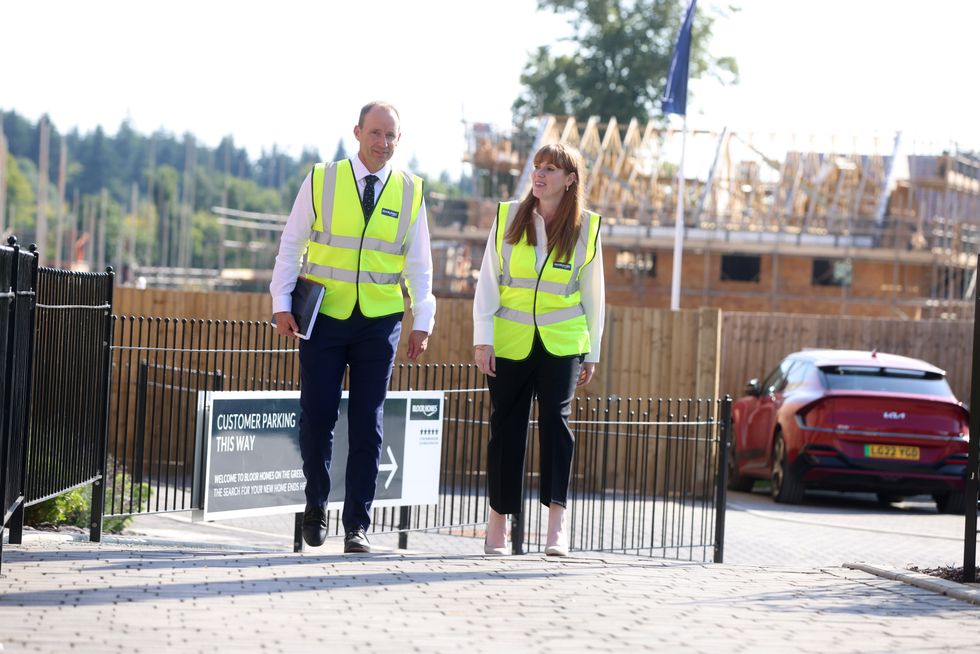
Development in the "grey belt" areas will be subject to "golden rules" including that homes are classified as "affordable"
|PA
The government also want to prioritise brownfield sites - old industrial or already built on land- over the grey belt.
Rayner said: “Rather than relying on outdated data, this new method will require local authorities to plan for homes proportionate to the size of existing communities, and it will incorporate an uplift where house prices are most out of step with local incomes."
Officials could not say what proportion of the green belt would be reclassified as the final amount depends on the choices made by local authorities.
By the end of March 2023, England had around 6,326 square miles of green belt land covering 12.6 per cent of England's land area, according to the UK parliament.
Mapped below are the areas across England defined as the 'green belt.'
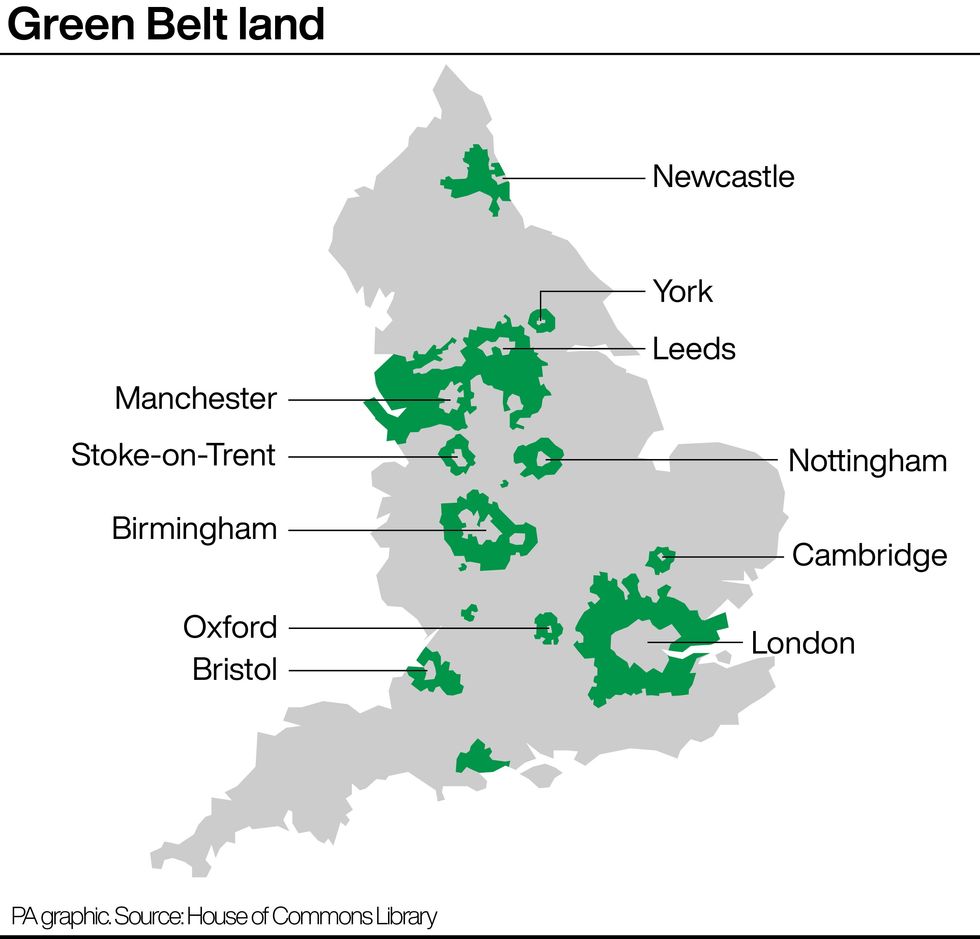
This map shows the cities in England surrounded by areas in the green belt
|PA
LATEST FROM MEMBERSHIP:
The green belt is clustered around 15 urban cores with the largest being London, Merseyside and Greater Manchester, and South and West Yorkshire (including Sheffield, Leeds and Bradford).
The green belt land also surrounds areas of Birmingham, Oxford, Bristol, Cambridge, Nottingham, Stoke-on-Trent, York and Newcastle.
Previously, Labour pointed to a disused garage in Tottenham, north London as an example of a green belt site that could be developed into housing.
Estate agent Knight Frank previously carried out its own analysis of how many homes could be built on the grey belt. It identified over 11,000 previously developed sites, making up less than 1 per cent of the existing green belt.
All of those sites combined would produce 100,000 to 200,000 new family homes. Out of 11,205 sites identified over 40 per cent would sit within the London green belt area (4,612 sites).
Merseyside and the Greater Manchester green belt area offered the second highest number of available sites (1,068) followed by Birmingham (1,351 sites) South and West Yorkshire (1,129 sites) and Bristol and Bath (606 sites).






